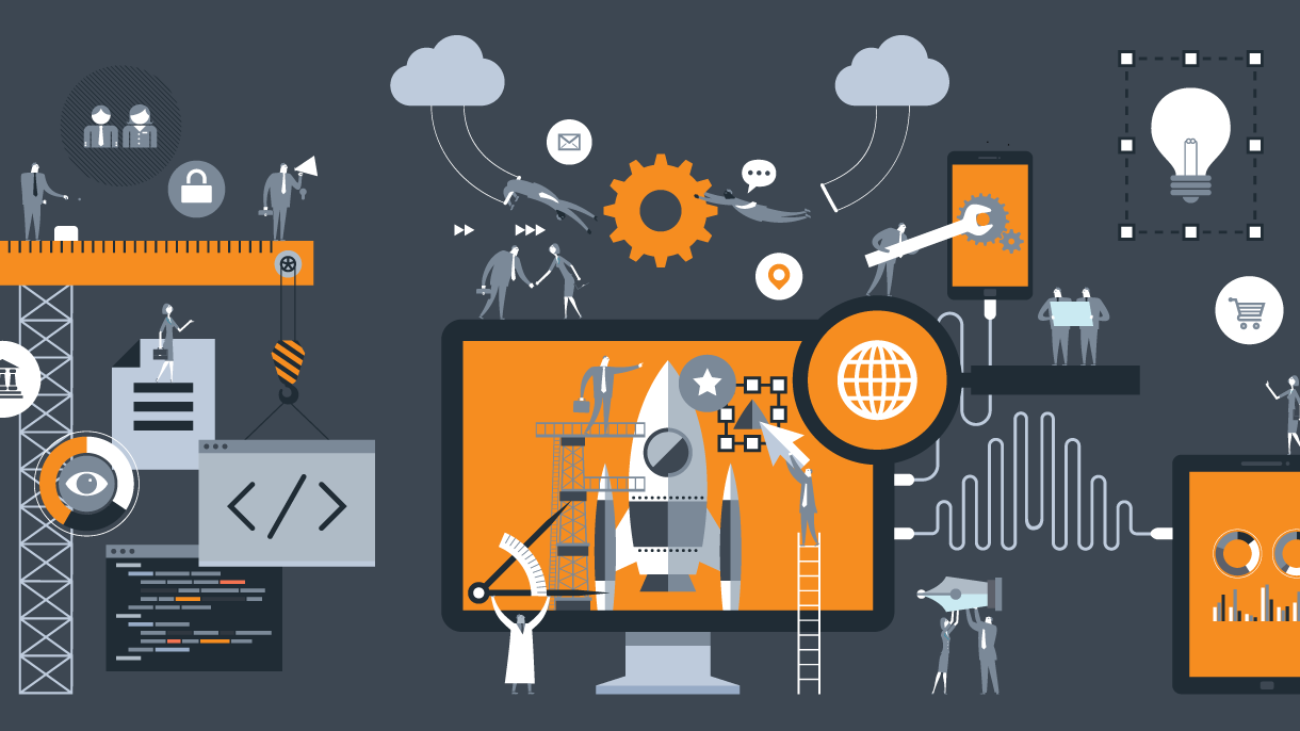1. Redundancy
Redundancy is probably one of the most important ingredients of a successful production environment. If a system or service is critical to the organization, either by producing revenue or preventing the loss of revenue, there should never be a single instance of it. Use the application as well as system redundancy to ensure you can withstand the loss of an entire server. Power and network connections should also be redundant. Some organizations even have entire site redundancies so they can run their operations in an entirely different location.
Cost is often cited as a factor against implementing robust redundancy, but keep in mind that investing in redundancy, while potentially painful at the onset, can reap hefty dividends down the road — even if only for the peace of mind it provides.
2. Disaster recovery capability
A “disaster” can have an ambiguous meaning. It refers to any unexpected misfortune or failure ranging from a crashed application to the loss of an entire site due to a power outage. Plan for disasters that will impact your ability to run a production environment and ensure you have appropriate solutions in place. Some examples:
- Perform nightly backups of all systems and confirm restore functionality
- Ship backup tapes/hard drives off-site (or copy data to the cloud so it will be accessible remotely)
- Take snapshots of SAN volumes and virtual machines to be able to roll back to a known good state
- Keep spare hard drives, network cards, and servers on hand for emergency situations
- Install a generator to guard against power outages
3. Secure access
The incident involving the developer deleting a production database would never have happened had the company followed one simple guideline: only provide production access to individuals who actually need it, and configure permissions to match their job role. Store any system or service account passwords in a secured, centralized password database.
Unless someone is going to directly work in production from day one, don’t give them the key to do so. If they do need the access, determine whether “read” permissions are sufficient so they can’t actually change the data.
If employees with production access leave the company, make sure to disable or lock their accounts. If administrators with production access depart, change all the passwords involved such as root or administrator passwords.
4. Standardized access
There are a variety of methods to access production data; via a web browser, SSH connectivity, remote desktop, a Squirrel database client, secure FTP or various other methods. Ensure users have a standard method for production access involving the same client or portal.
5. Minimalism
Your production systems should contain only necessary services/applications. This means there will be less to troubleshoot and patch, and the simplicity will ensure a more predictable and manageable environment. This strategy will also reduce a potential attack footprint.
If applications or services are no longer in use, remove them.
6. A patching strategy
Speaking of patching, it’s a necessary evil. Develop a patching mechanism to ensure production systems are updated on at least a monthly basis.
Rebooting production systems is never anyone’s idea of a fun time, but suffering a data breach makes it look like a picnic by comparison. Besides, if you’re using redundancy, you should be able to patch and reboot a pair of clustered systems, for instance, with zero user impact. However, make sure to let at least a day or two pass before patching all redundant systems, just in case the patch produces an adverse impact which might obviate the protection you’ve implemented via redundancy.
7. Segregated networks
Your production systems should never be on the same network as your other servers, let alone your client workstations. Put them on their own dedicated subnet and maintain access through a firewall that permits only the desired systems to connect via only the necessary ports. This will help ensure security, as well as help, achieve the minimalism I mentioned above.
8. Change management
Change management is the process of documenting proposed changes and their expected impact then submitting a request for review and approval of the said change. Ideally, the request should list the affected systems, the plan for change, methods to validate the changes (both from a system administrator and end-user standpoint, and a backout plan.
9. Auditing, logging, and alerting
Many of the above steps become less effective or meaningless if you’re not using auditing, logging, and alerting. Every action taken on a production system should be recorded and, depending on the severity, should trigger an alert if appropriate. For instance, logging in as root should send a notification to IT staff and/or the security group so they can assess what’s happening and whether an illegal act is occurring.
The same applies to hardware that might be faulty. There’s a saying that “your users should be the last ones to know when production is down.
10. Appropriate documentation
Knowledge is a powerful thing, but the ability to properly share it with others is even more powerful. Staff turnover is a fact of life, and employees who depart with critical information about the production environment stored only in their brains represent a significant company loss.
Documentation of the production environment should be comprehensive and kept up to date. It should include hardware, software, networking details, vendor information, support information, dependencies upon other systems or applications, and any other details necessary to maintain order. Conduct quarterly reviews and ensure all staff responsible for the production environment are familiar with the documentation, and that it is safely backed up in the event of a disaster.


Add a Comment